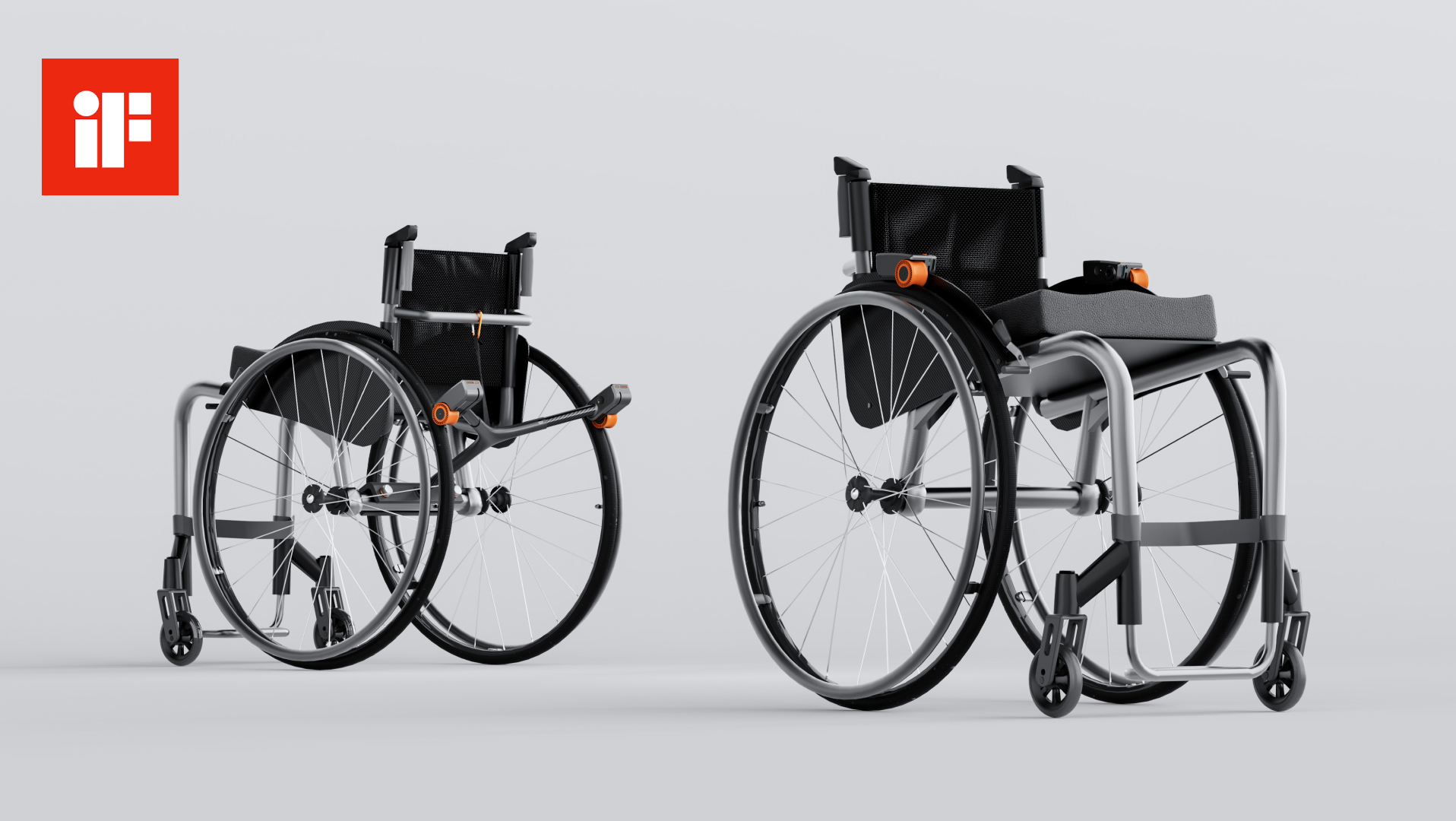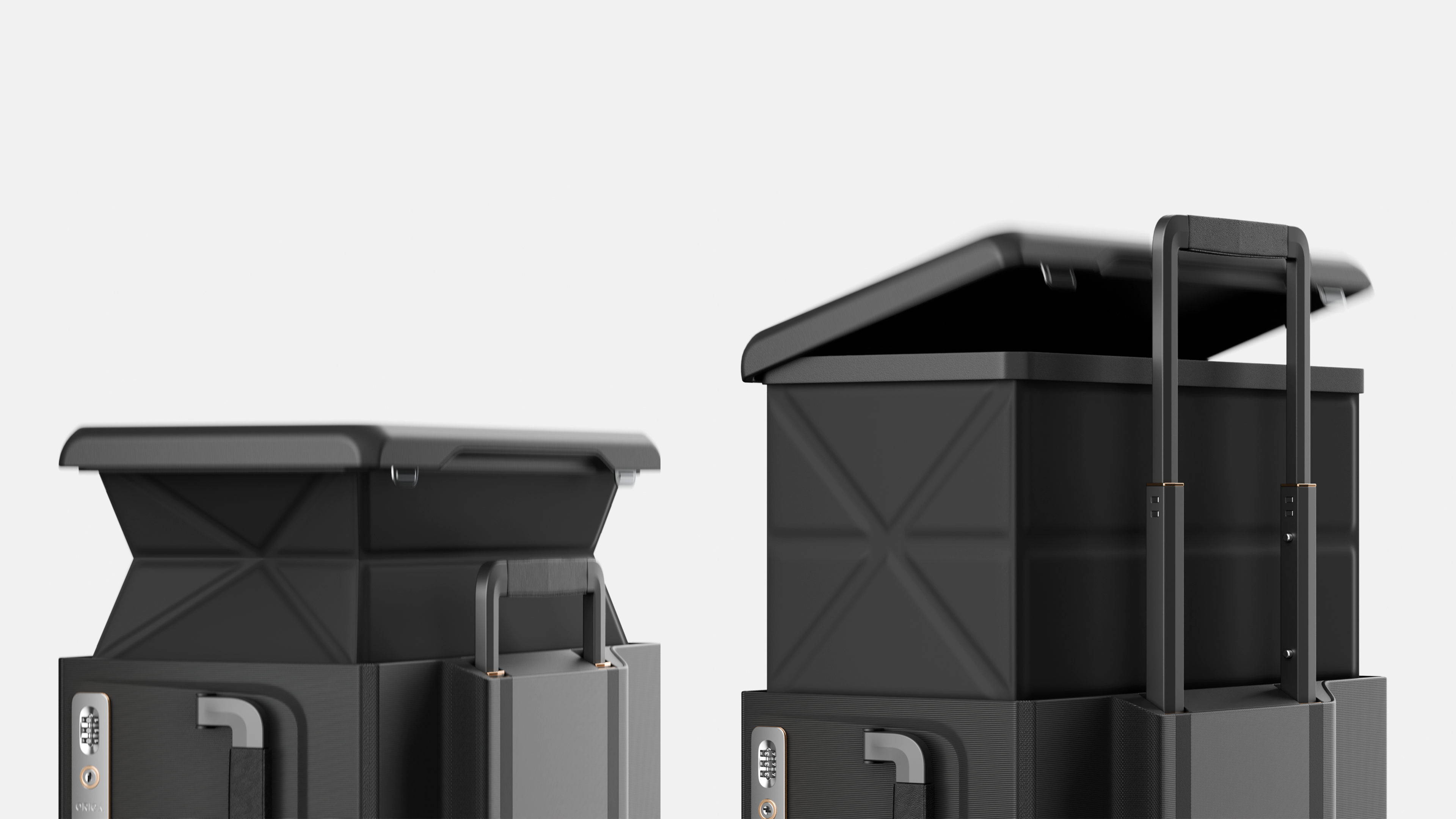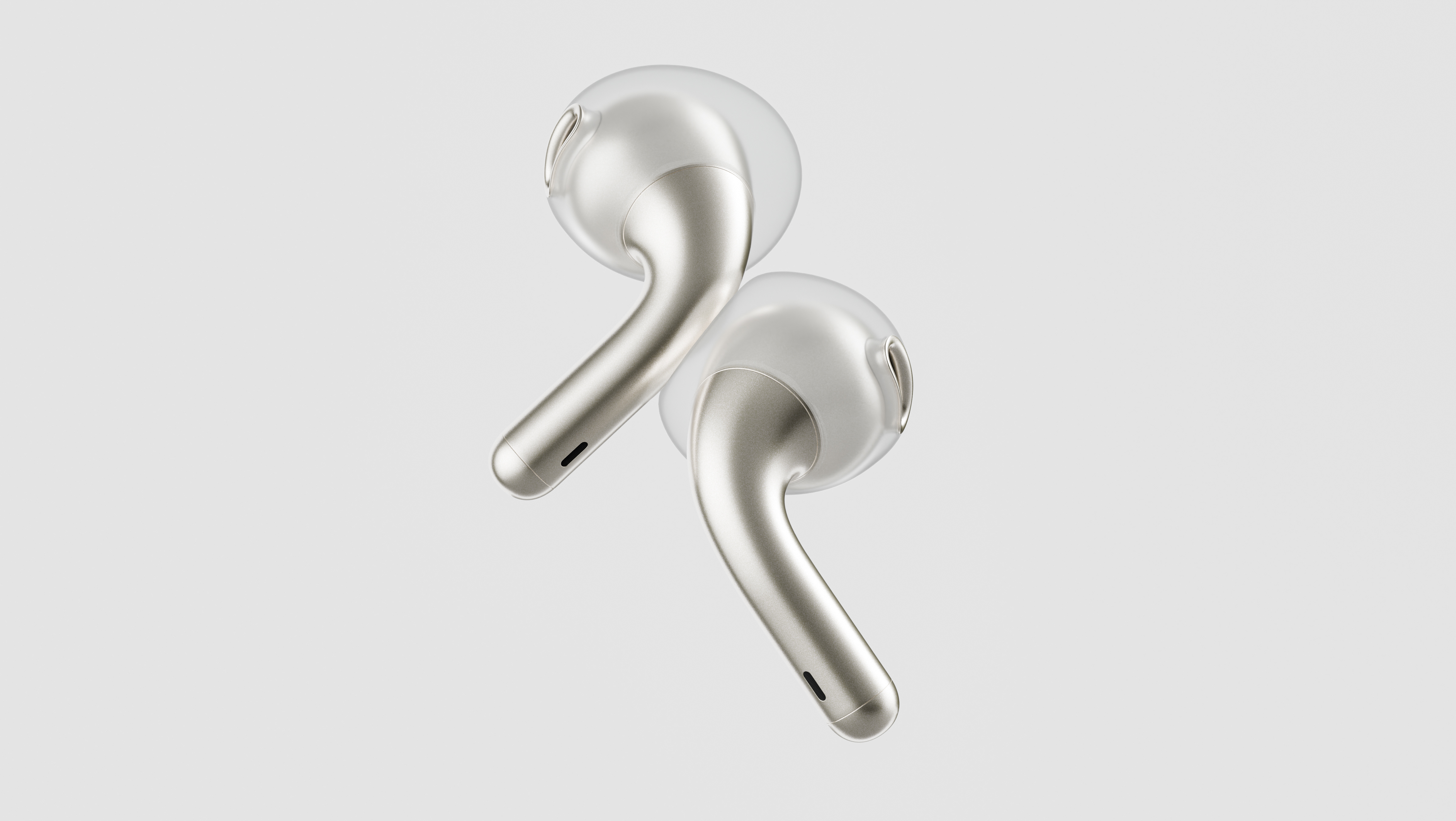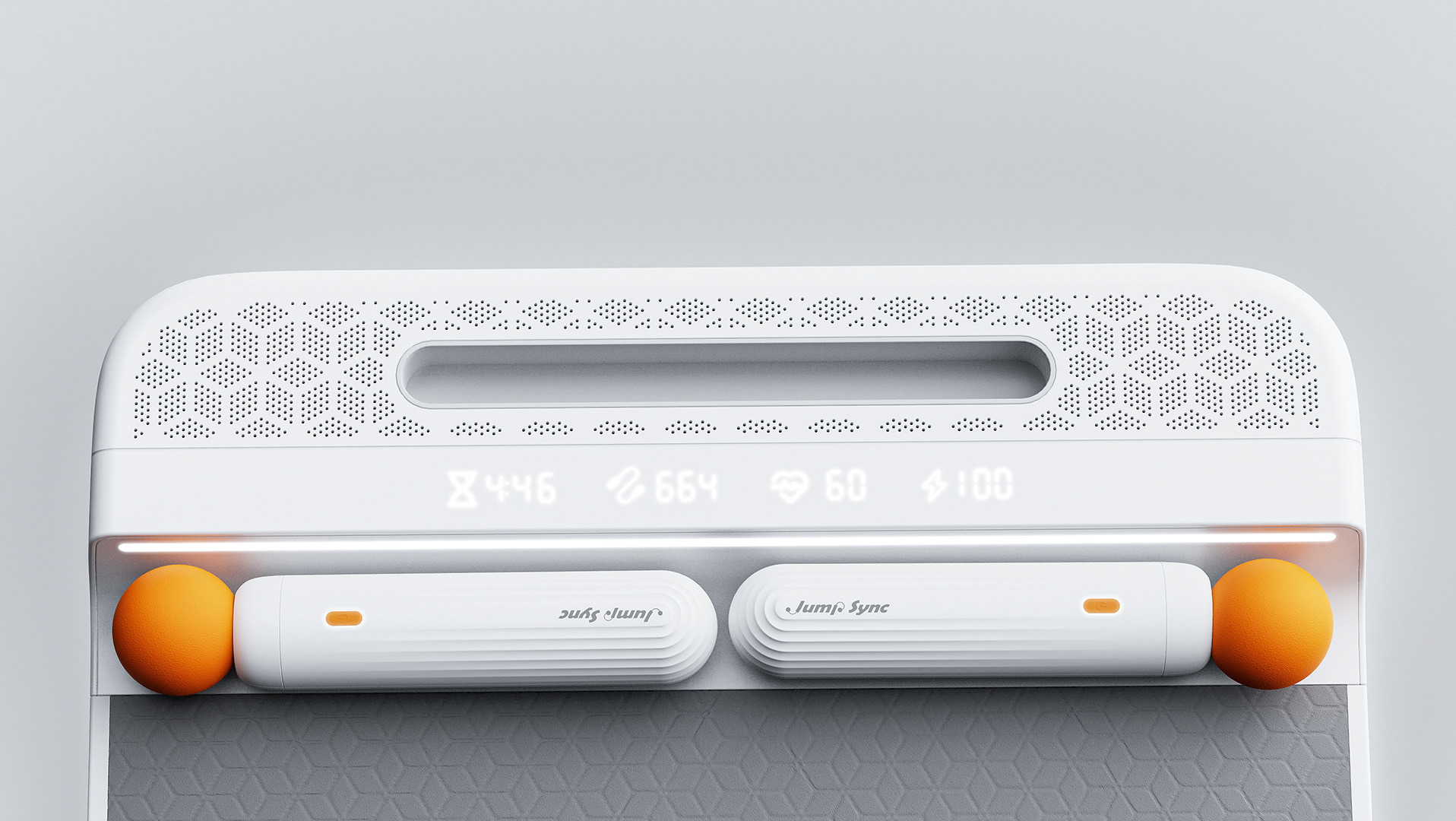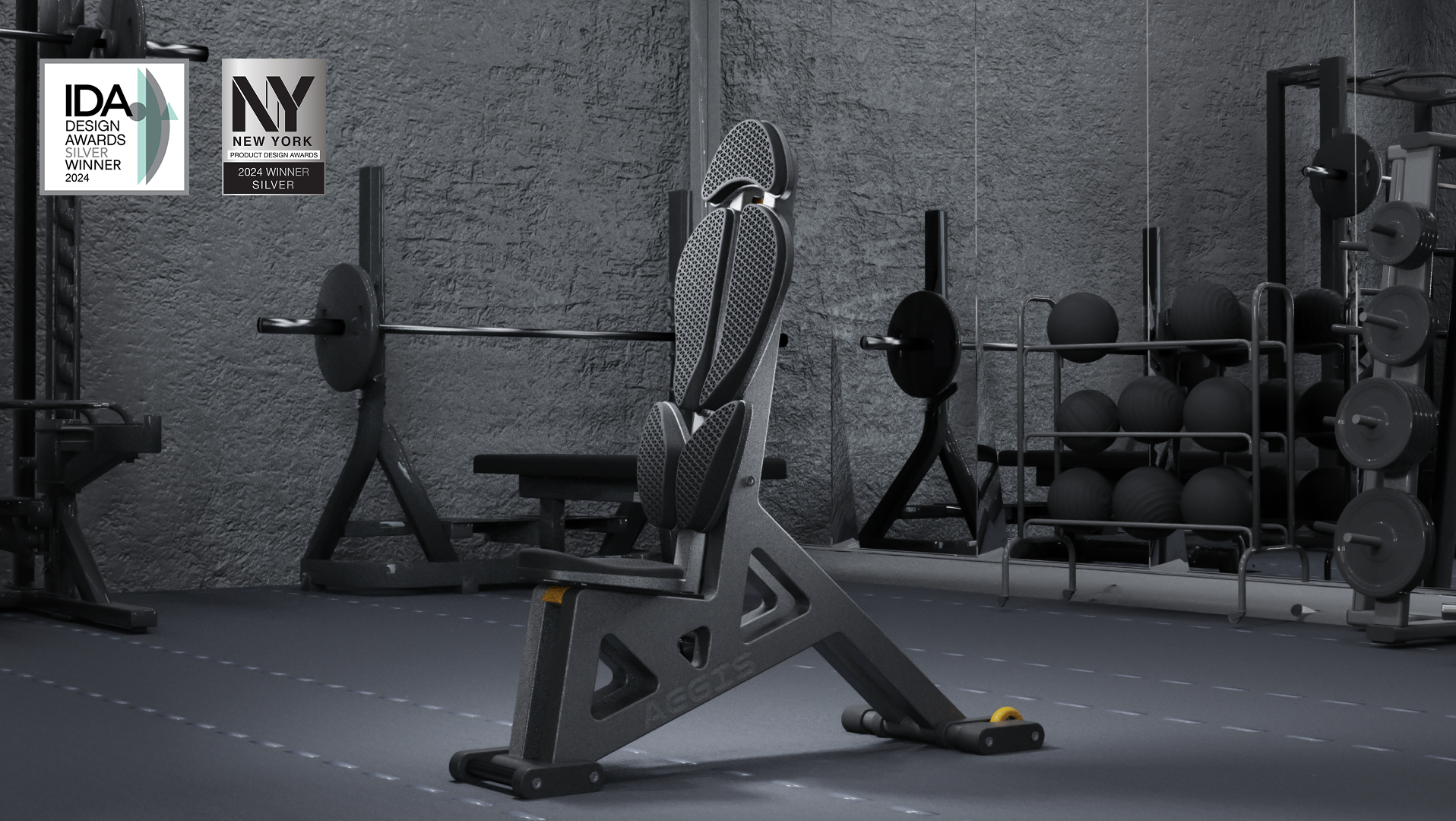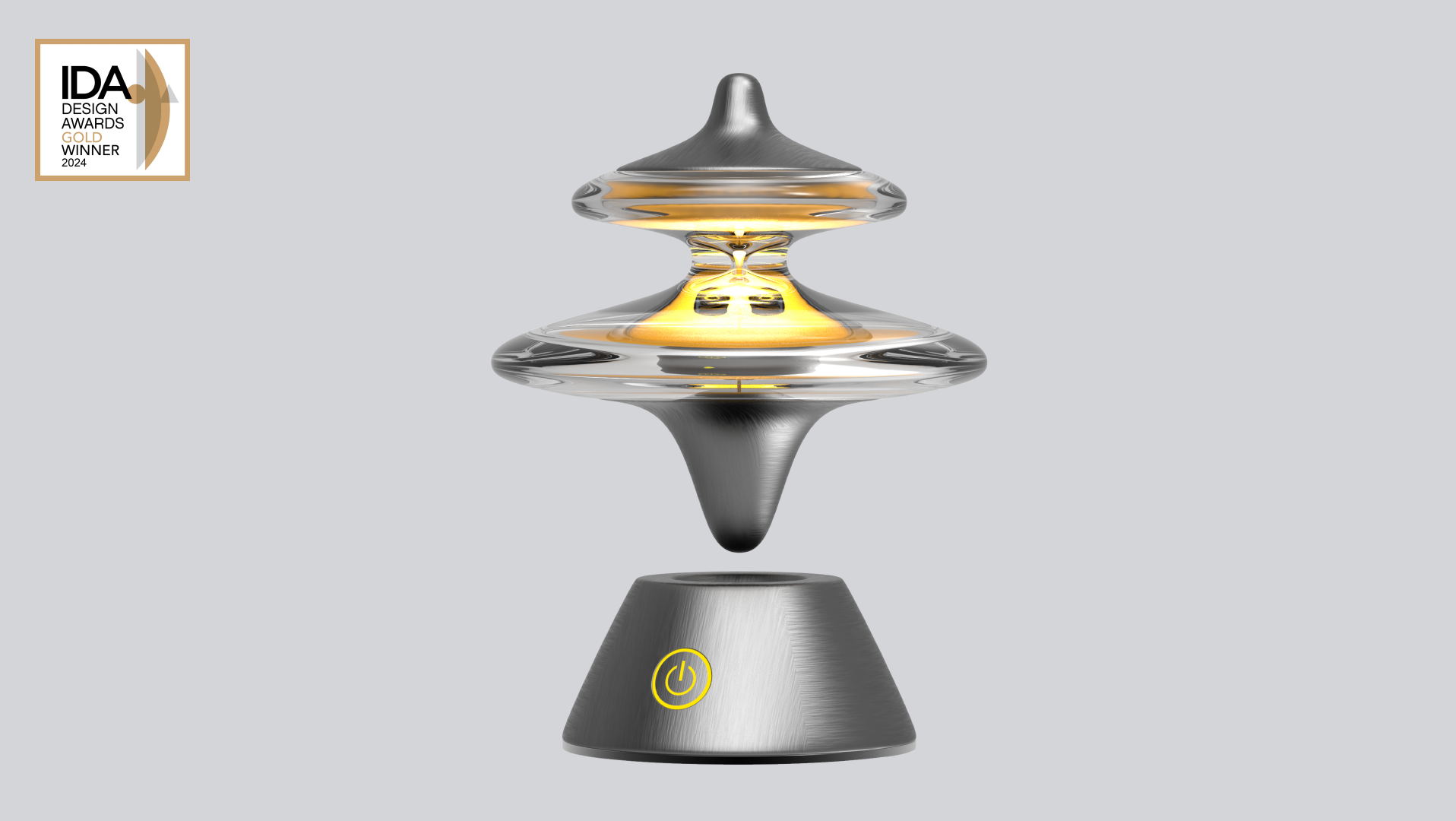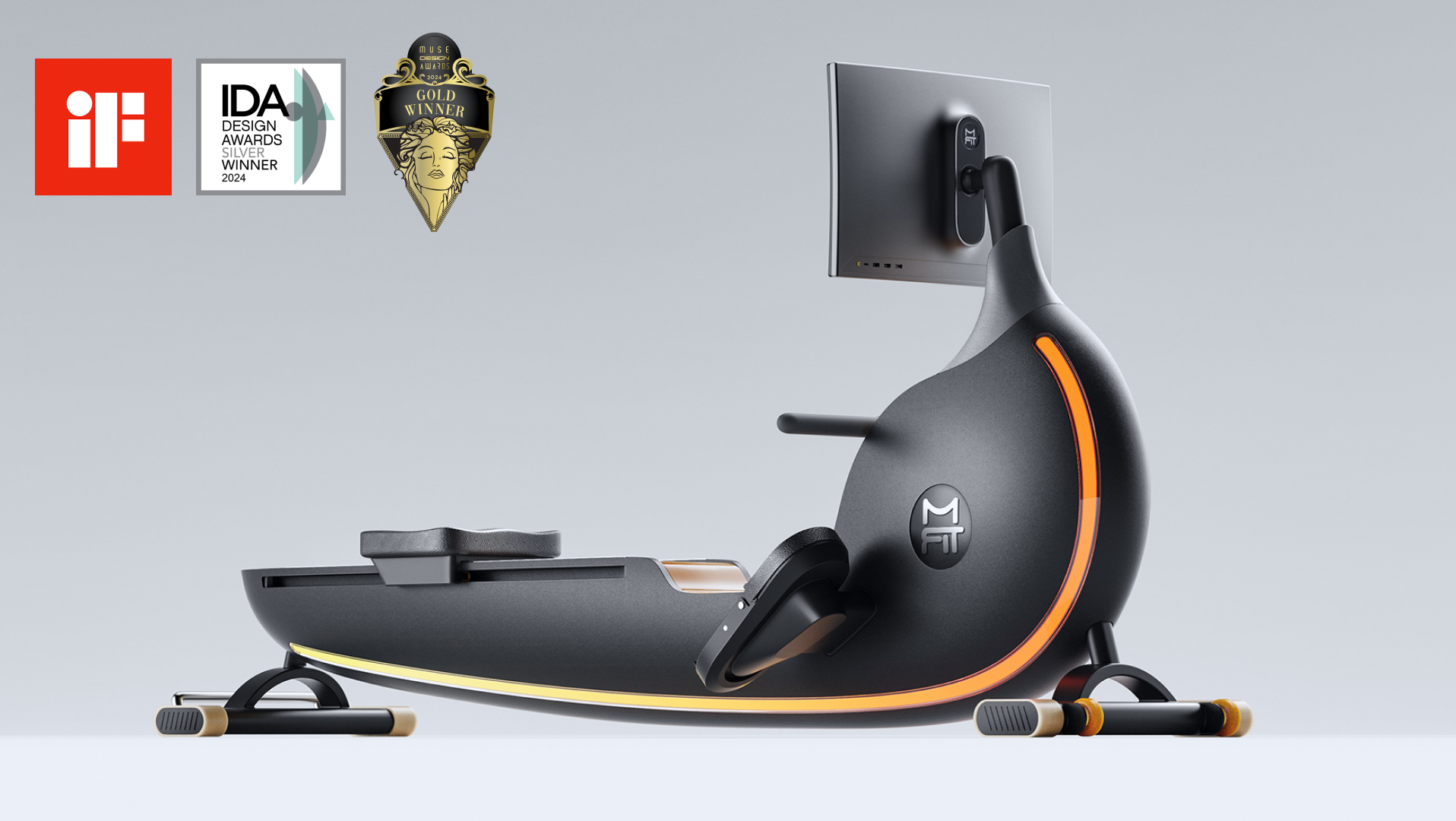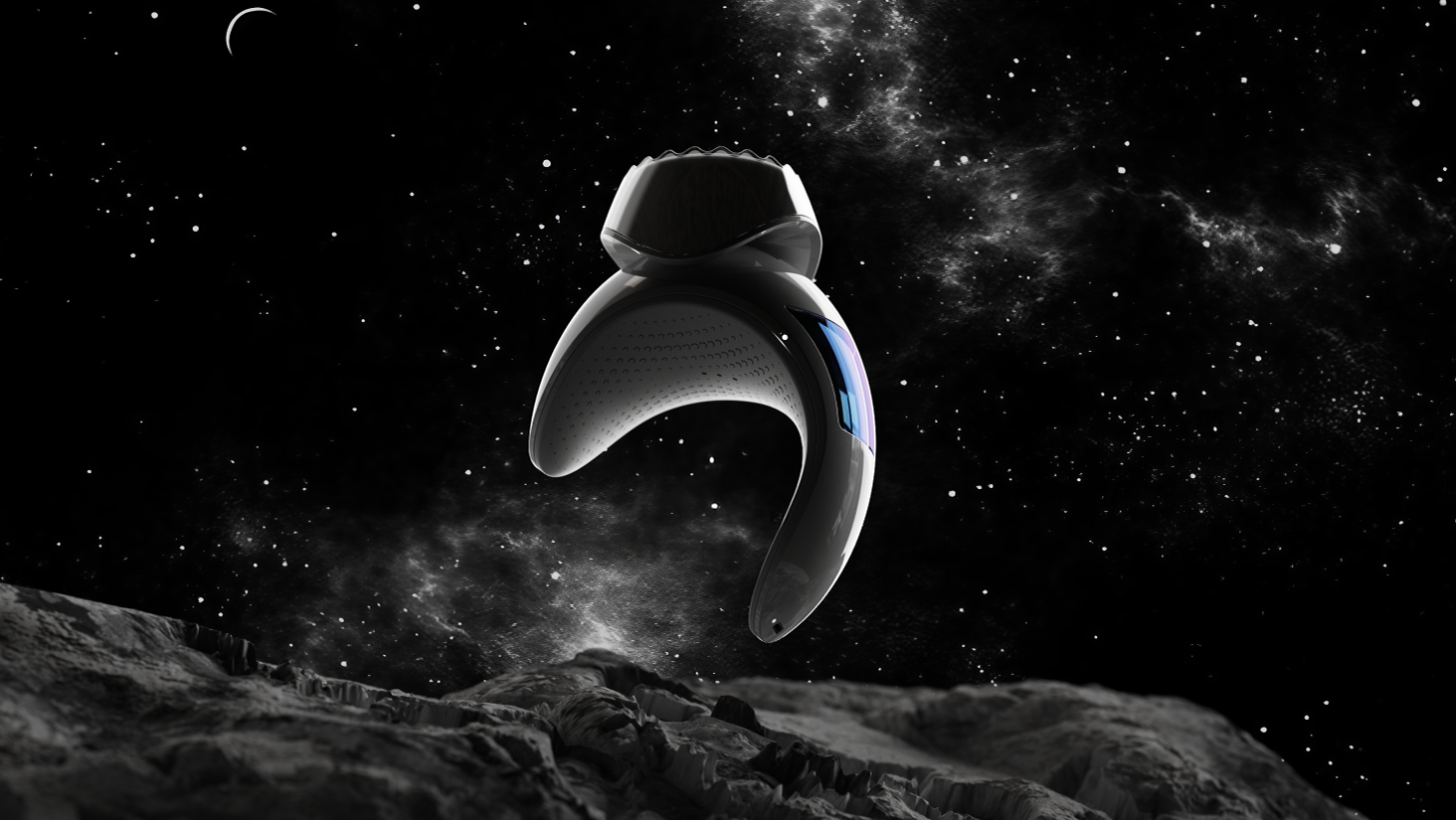Introducing Inferno: Built for the brave—a mixed-reality helmet for firefighters, fusing AI-powered vision and real-time livestreaming between helmets to elevate team coordination and safety.
People often worry about themselves or their loved ones being injured or losing their lives in fires. However, few realize that those at greatest risk—facing the most severe dangers—are the firefighters who courageously enter the flames to save others. To better protect these brave individuals, we've developed Inferno, a mixed-reality helmet enhanced by AI, designed specifically to improve visibility, situational awareness, and teamwork, making every life-saving mission safer and more effective.
The Problem Addressed & How the Solution Improves First-Responder Safety
Firefighters today face critical challenges, especially falls due to limited visibility in smoky and chaotic environments and the prohibitive costs of advanced safety equipment. These conditions significantly heighten the risk of injury and hinder effective response.
Inferno addresses these challenges by offering firefighters a reliable, affordable, and intelligent vision system designed specifically for low-visibility conditions. With integrated thermal imaging, AI-powered hazard detection and route guidance, and real-time livestreaming between helmets, Inferno drastically reduces fall-related injuries and enhances overall team coordination and safety.
Target Users and Their Needs
Our target users are:
Fire Departments
Industrial Emergency Teams
Airport Rescue Units
Training Institutes
Illinois Fire Service Institute (IFSI)
We believe their needs are, from research and interviews:
Poor visibility due to smoke
Redistributing physical load (i.e. not to load all weight onto one part of the body)
Lightweight equipment (and extra weight of PPE)
Short-lasting SCBA air supply
Challenges preventing use of extra handheld devices (gloves, tools in hand, occupying hands)
Additionally, from Beitong's prior discussion with IFSI Director of Research Dr. Masoud, helpful features include showing the SCBA's remaining supply, teammate locations, and overlaying the site's floor plan.
It's not like such features don't currently exist, though:
For SCBA supply: A vibrating device worn at the waist, hard to notice in chaos and heat.
For teammate locations: Firefighters maintain physical contact to navigate. Once contact is lost, regrouping is difficult.
For the floor plan: Radios are used for verbal floor plan relays—not ideal.
However, we believe these can be meaningfully improved upon.
Technical Design Features and How They Meet User Requirements
Feature List
MR display as pass-through guidance in low-visibility areas, driven by a Sony Microdisplay
AR Optical Waveguide to transmit display signals from microdisplay to user
Thermal, zoomed, and depth imaging fusion for video feed and hazard detection
AI-powered real-time hazard detection and situational handling suggestions
Live video transmission between helmets for seamless team coordination
Ergonomic design with near 50/50 weight distribution
Hands-free interaction via AI adaptive presets, voice commands, and external override
Features by Requirements
1. Safety & Protection
Our safety is divided into active safety, driven by technology, and passive safety, by materials and design. In terms of active safety, the frontal thermal, depth, and zoomed cameras will feed the video into a local inference-driven AI network, detecting current hazards into types and offering suggestions in the UI. When the user is close to imminent danger, the system would give out high visibility alerts in the region of interest and warn the user.
Additionally, the device features a video feed that pushes the feed of the thermal camera onto the user's MR display, with the main fov also switchable to the floorplan of the current building. In the peripheral vision areas, vital data such as remaining O2 supply, current temperature, and mission brief is included. The following images provide an idea of how this would be visualized in both modes:
In terms of passive safety, in Materials & Durability, we have used extensive caution to make our device as safe as possible, not as a smart helmet, but a helmet. Resistant to impact and heat, we will
In high-pressure scenarios, we humans often lose control of things that require high proficiency or fine motor skills due to the adrenaline. This is of no worry for our Inferno device; our helmet adapts 90% of SCBA devices on the market, ensuring a smooth rollout when calls arrive. Normally, the device is voice controlled, but when it gets heated, the helmet features presets, making sure no unexpected behavior occurs when the mission calls. Additionally, when it gets intense, the helmet could be either locked in one mode or externally overridden, meaning an external person will be able to support the user by externally piloting the helmet.
Ergonomics is a must when designing a piece of equipment. Inferno features a near 50/50 weight distribution from front to back, making sure it doesn't add too much pressure onto the user's neck. To do this, our designer Haocheng used the technique seen in modern automotive design; by moving the battery module to the back, it will balance out the weight of the camera sensors in the front, making the helmet torque-balanced.
2. Materials & Durability Click: BOM
Helmet Shell: The shell employs glass-reinforced PEI (Ultem) for its excellent thermal stability (above 500°F) and high strength-to-weight ratio, ensuring superior protection under intense heat and mechanical impacts. The matte finish reduces reflective glare, enhancing visual comfort and operational focus. Available in black, orange, or yellow to maintain high visibility while offering versatility. The selected material balances premium safety with an affordable estimated cost of $120.
Visor: Made from polycarbonate, known for exceptional impact resistance and clear optical quality, ensuring visibility and protection against debris. The visor features an anti-scratch and anti-fog coating to maintain clarity and effectiveness under extreme firefighting conditions. Clear color maintains unobstructed vision. At approximately $45, this choice ensures robust protection and cost-effectiveness.
Camera Cover: Utilizing heat-resistant tempered glass with an optical coating guarantees durability and exceptional clarity under extreme heat, maintaining the camera's operational integrity. The clear finish allows unobstructed lens performance, essential for critical MR and AI functionality in firefighting scenarios. At around $20, this option economically supports high-performance camera operation.
Interior Lining: Composed of a Nomex® & Kevlar® blend, selected for its remarkable flame and heat resistance (up to ~700°F), along with providing comfort and microbial protection. Finished with an antimicrobial coating, it ensures hygiene during prolonged use. Dark grey color effectively masks wear while maintaining a professional look. This optimal material selection is reasonably priced at $35.
Helmet Straps: Constructed from Kevlar® Aramid webbing for extreme strength, wear resistance, and flame retardancy, ensuring reliable safety during high-stress activities. The fire-resistant coating further enhances durability under prolonged heat exposure. Black coloring offers minimal visual distraction and maintains a professional appearance. With an estimated price of $25, these straps offer essential safety benefits within a cost-conscious PPE budget.
3. Ease of Use & Feasibility
Our product can be controlled with simple voice commands to give presets. It will show the thermal video feed on the voice command of "Hey Inferno, Thermal View."
First responders also come in tech-savvy or tech-inexperienced; we get this! This is exactly why we made sure the device, even when only used in a fixed mode, i.e. thermal pass through, our helmet is still very useful. When customized to be minimalistic, the device is less invasive; however, when used by tech-savvy firefighters, the device could be used to its limits, offering more information than someone less familiar with tech would be comfortable with. All in all, the idea of customizable is one of our main focuses, and we made sure the learning curve is less steep.
Our product could certainly be manufactured within reasonable budgets in current technology. In fact, on the bare hardware level, our device is a tailored-for-firefighters version of Microsoft Hololens or a Magicleap with immense heat shielding, advanced camera fusion cluster, and external shape. Thus, there will be no issues manufacturing this device.
Ensure that the product can be reasonably manufactured using current technologies.
4. Innovation & Effectiveness
The solution should demonstrate innovation in enhancing first-responder safety. Designs must offer clear advantages over existing measures.
Major Iterations and Design Inspirations.
Our journey toward Inferno began with our prior work on AI-integrated Mixed Reality (MR) solutions for specialized environments. Initially, we focused on designing MR systems for cleanroom laboratories, where researchers must operate with precision while minimizing contamination risks. This experience gave us insight into how MR can enhance situational awareness and streamline workflow in high-risk, controlled environments.
This prior MR work is done with Patronus Tech, which pioneers the future of intelligent workspaces by fusing IoT-driven edge computing, multimodal AI, and spatial computing in AR/VR—delivering real-time, hands-free insights through an Agentic AI assistant for next-gen operational intelligence and automation.
(Disclaimer: All CAD design was done in the allotted time, and no prior CAD models were reused per competition guidelines.)
However, our perspective shifted dramatically after engaging with professionals from the Illinois Fire Service Institute (IFSI). On Friday, we had the opportunity to attend a series of talks by firefighting experts and conduct a direct interview with Dr. Farzaneh Masoud, the IFSI Director of Research. From these conversations, we gained a firsthand understanding of the challenges firefighters face, particularly in low-visibility, high-stress environments where traditional safety equipment has limitations.
This realization led us to rethink and repurpose our MR expertise for a more extreme and dynamic setting—firefighting. Through our design iterations, we identified key features that firefighters critically need and determined which elements from our cleanroom MR system were unnecessary in this new context.
As a result, we:
Enhanced environmental awareness by integrating four specialized cameras (thermal, infrared, wide-angle, and depth) to provide firefighters with multiple layers of vision in smoke-filled and chaotic conditions.
Incorporated multiple sensors for real-time hazard detection, including temperature monitoring, gas detection, and SCBA supply tracking.
Removed redundant cleanroom-specific features such as contamination monitoring and ultra-precise object tracking, which were not applicable to the unpredictable and high-intensity nature of firefighting.
Through this iterative process, Inferno emerged as a purpose-built, AI-driven MR helmet designed to enhance firefighter safety, efficiency, and coordination in the most demanding rescue operations.
Accomplishments That We're Proud Of
Rapid Innovation: We quickly adapted proven AI and Mixed Reality (MR) technology into a practical firefighting solution.
Real-World Feasibility: Our thorough analysis ensured every component—from hardware integration to AI-driven alerts—performed reliably under real-world conditions.
Seamless Compatibility: Inferno integrates effortlessly with 90% of existing SCBA systems, allowing fire departments to upgrade safety without costly equipment changes.
Enhanced Situational Awareness: By combining AI, MR, multiple sensors, and specialized camera systems, Inferno significantly boosts firefighters’ hazard detection, coordination, and response capabilities.
Inferno isn’t just innovative—it’s a carefully crafted tool built to protect lives and empower the brave individuals who risk their own for others.
User Story / Walkthrough on How the Solution Is Used in Real Scenarios
Here's a short novel about Inferno. Enjoy!
Inferno: A Firefighter’s Fight
The alarm blared: High-rise fire. 12th floor. Civilians trapped.
Captain Mike Reynolds secured his Inferno MR helmet, adrenaline surging. He locked eyes with his team, determination clear.
"Stay sharp. Trust your feeds. We’re all going home tonight."
Inside the inferno, rookie Jamie Chen felt panic rising. Thick smoke clouded his vision. Suddenly, his helmet’s AI-guided path illuminated softly, calming his breath and guiding him forward. Heart racing, Jamie spotted movement ahead.
“I found someone!” Jamie’s voice shook with relief. Instantly, an alert pinged Mike’s helmet.
Volunteer Alex Morgan moved cautiously with the second team. His nerves were tense, alert to danger. Inferno's AI flashed a warning just in time—Alex sidestepped a dangerously weakened floor. A sudden crash echoed sharply; dread filled his chest—Jamie had fallen through.
“Jamie’s down!” Mike shouted urgently. Everyone’s HUD flashed Jamie's distress beacon. Mike’s throat tightened—losing Jamie wasn’t an option.
“I see him!” Mike shouted confidently despite his racing heart. Guided by thermal imaging, he sprinted forward, Alex close behind. Their helmets synchronized seamlessly, merging live feeds to coordinate each cautious step through dense smoke and searing heat.
Painful seconds passed before Mike grasped Jamie’s outstretched hand. Alex quickly joined, pulling together just as flames engulfed the floor beneath.
Outside, coughing and gasping for air, Jamie met his team’s eyes.
“You saved my life,” he breathed, emotion raw in his voice. “You guys—and this thing.” Jamie tapped his helmet gently, deep gratitude evident.
Mike offered a weary but proud smile.
“That’s why we wear them.”
As smoke slowly cleared, Inferno once again had proven its mission—saving lives, empowering heroes, one crisis at a time.
Real-World Feasibility, Including Manufacturability and Materials Used
Helmet Shell (Glass-reinforced PEI, ~$120): Easily injection-molded, heat-resistant, durable
Visor (Polycarbonate, ~$45): Common, formable, impact-resistant
Camera Cover (Tempered Glass, ~$20): Optical coating, affordable
Interior Lining (Nomex®/Kevlar®, ~$35): Flame-resistant, manufacturable textile
Helmet Straps (Kevlar® Aramid, ~$25): Widely available, fire-resistant, durable
Future Improvements and Next Steps
For future improvements and next steps, our team aims to refine Inferno by enhancing its electronics design and materials selection to make it more compact, lightweight, and user-friendly. By optimizing component placement and power efficiency, we can reduce weight and improve comfort, ensuring firefighters can wear the helmet for extended periods without strain. Additionally, we plan to conduct more user interviews with experienced firefighters to gather insights from those who face real-life emergencies daily. Their feedback will help us fine-tune the interface, weight distribution, and usability to align with the actual challenges firefighters encounter. Another key step is to collect real-world data to improve our AI model’s accuracy and performance. By training the AI with more diverse environmental conditions, including different types of smoke, fire behavior, and structural hazards, we can enhance hazard detection, navigation assistance, and situational awareness for firefighters. By focusing on these improvements, Inferno will continue evolving into an even more powerful, practical, and life-saving tool for first responders.
References
Walsh, Tim. 2025. Designing for First Responder Safety. Presentation, March 28, Illinois Design Challenge 2025, Urbana, IL.
Firefighter Injuries in the United States. National Fire Protection Association (NFPA), 2023.
Functional Performance of Firefighters After Exposure to Firefighting Activity. PubMed Central (PMC), 2019.
Firefighter Fatalities and Injuries: The Role of Heat Stress and PPE. Illinois Fire Service Institute, 2016.
Cost To Outfit A Firefighter. Mount Erie Fire Department, 2022.
Firefighter Injuries on the Fireground. Firefighter Health & Safety, 2020.
Cost-benefit analysis in fire safety engineering: State-of-the-art and future developments. ScienceDirect, 2023.
Firefighter Turnout Gear Market Size, Trends & Analysis Report - 2033. DataHorizzon Research, 2023.
Firefighter Fatalities in the United States in 2019. U.S. Fire Administration (USFA), FEMA, 2019.
Thermal Imaging Camera. Wikipedia, 2024.
Cost Benefit Analysis of a Fire Safety System Based on the Life Quality Index. International Association for Fire Safety Science (IAFSS), 2008.
